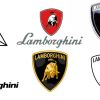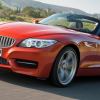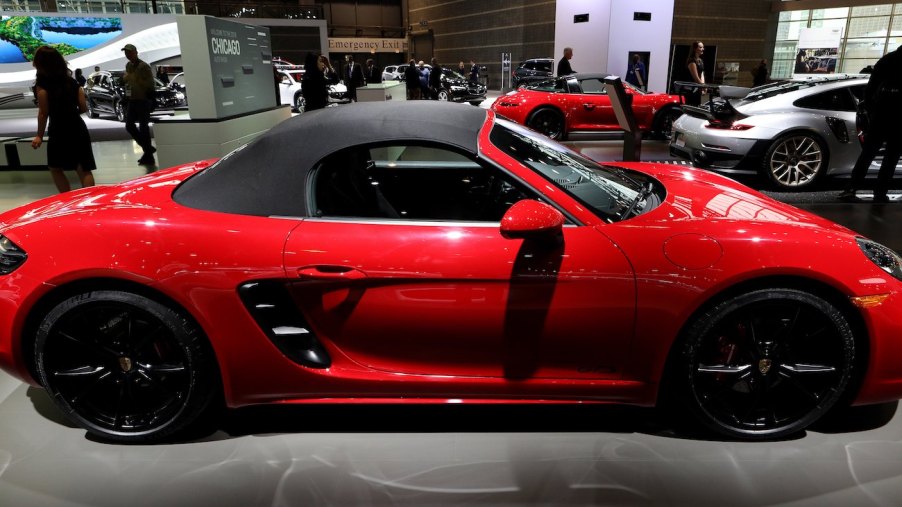
Interview: Haartz Celebrates Its 100 Years In the Automotive Soft Top Industry
When you think of convertible soft tops, cars like the Mazda Miata and the Porsche Boxster may come to mind. However, you may not think of the company that made the soft top material for those cars. The company’s name is Haartz, and it’s celebrating its 100 years of being in the soft top material business.
I recently had a conversation with Eric Haartz, the current CEO and the third-generation owner of the company, to talk about automotive exterior materials and the evolution of the convertible soft top. Check out the details of our conversation.
How have convertible tops and your manufacturing evolved over the years?
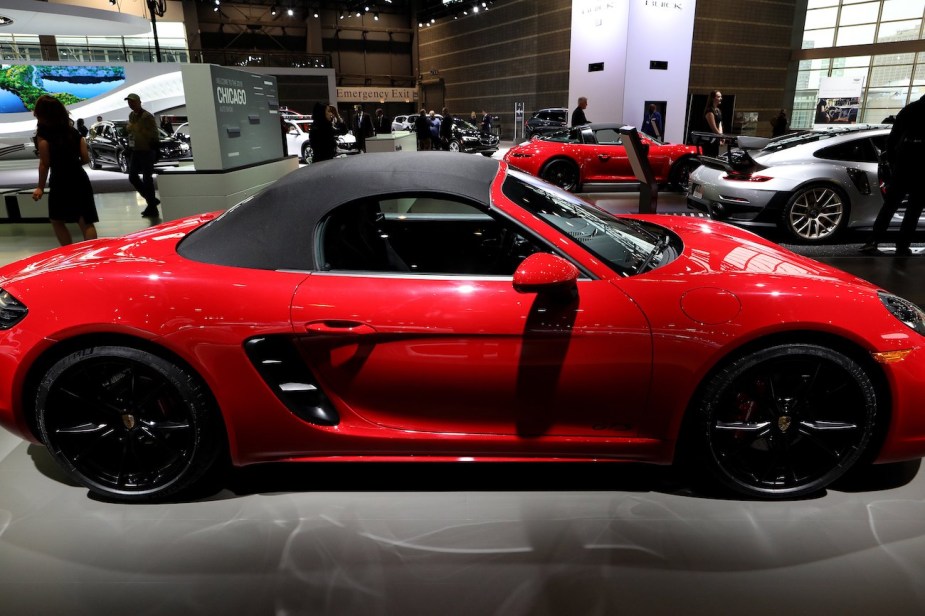
Take one look at any soft convertible top, and it’s clear that the structure and overall look haven’t changed much over the last 40 years or so. After all, why fix something that isn’t broken?
“Over my 40-year career, I’ve learned a lot about the original materials and how they have evolved over time. If you look at what is used today, in a fundamental sense, it isn’t far removed from what was used 100 years ago. Just like the cars themselves, they have advanced and evolved. The architecture hasn’t changed a lot. But if you compare a 2022 car with a 1922 model, they are world of difference!” Haartz said.
Over the years, Haartz has evolved its convertible top materials to withstand the elements better and for longer. Haartz said that it’s not unusual for a convertible to last for longer than decade, whereas 100 years ago, that was unthinkable.
“They have evolved, maybe not visually, but the performance and the longevity have,” Haartz said. “We’re always looking to improve on that further. Or next frontier is to use sustainable materials.”
Are there a lot of advancements in terms of acoustics or in-cabin sound?
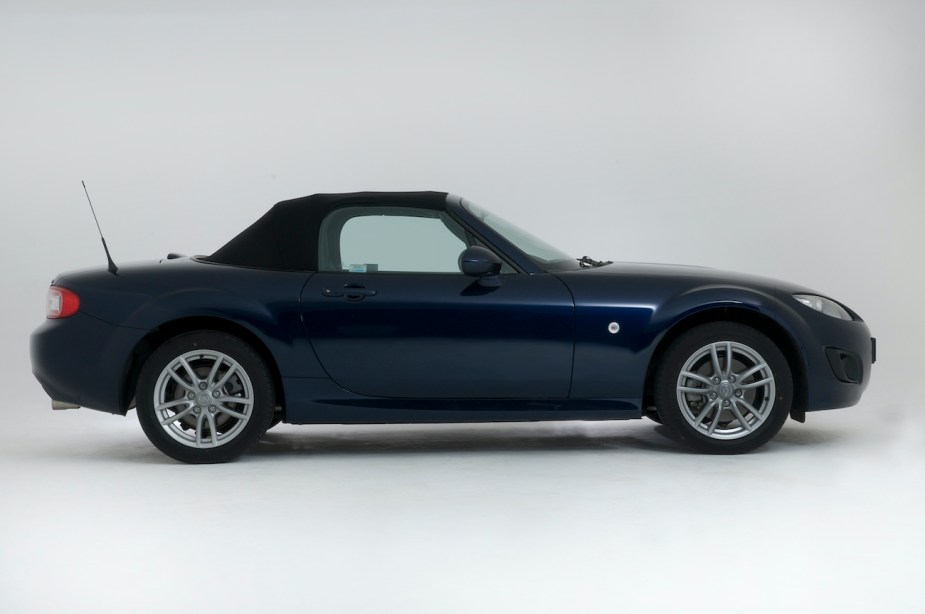
“Yes, very much so. That ultimately is a function of how a car will be priced. The price points will dictate how much is invested into the materials. On the medium and higher priced range cars, we have done work on improving acoustical performance,” Haartz replied.
When it comes to the more mainstream cars, like my beloved Honda S2000, Haartz continues to offer its Twillfast and StayFast material. But that doesn’t mean that the mainstream materials are any less roadworthy than what you’ll find on the Porsche Boxster. According to Eric Haartz, the current TwillFast RPC material can greatly improve a convertible car’s acoustic sound properties.
“When testing the Chrysler PT Cruiser Convertible and the Chevy Corvette, the TwillFast RPC top was quieter than the hardtop,” Haartz explained. “Sometimes, it also relates to the kinematics of the top. The ‘kinematics’ is a trade term for how the top structure behaves when it’s being cycled down and up. Depending on the vehicle, those characteristics may be different enough to justify a variation in the performance in the physical characteristics of the material.”
How has Haartz stayed competitive in the market over time?

“We have developed and expertise, and we like our expertise. If you look at the long history of convertibles, there have been times when convertibles have enjoyed a good fraction of the market, other times not so much. Back in the 1970s, unibody cars came into the production field and air conditioning was readily available for cars,” Haartz said.
Back in the 1970s, mass production was at the forefront, which meant that OEMs frowned upon anything limited in production, like convertibles. However, those who wanted convertibles could spend the money and make it happen.
“That was a rough time for convertible aficionados. But when Lee Iacocca brought back convertibles in the tail end of the 70s and 80s, Chrysler quickly followed suit, and along came GM,” Haartz said.
“It’s been up and down over time, and we’ve been happy to produce whatever we can produce, and I think because of the inherent expertise being set up to produce these kinds of materials, we have been able to stay competitive and outrun competitors. The biggest challenge we see are attempts at bringing lower-cost Southeast Asian materials, as is typically the case. But they don’t have multi-generational passion for this stuff as we do.”
What are the plans for the Haartz company going forward?
“We want to embrace sustainable production and sustainable materials,” Haartz replied. “We’re just starting to scratch the surface on using sustainable materials.”
Haartz has also been expanding its business on a global scale. There’s a joint venture plant in China, a facility in Germany that produces soft top cloth material, offices in Japan and Mexico, and the headquarters located in Acton, MA.
As far as those sustainable materials, Haartz told me that the company developed a thermoplastic olefin as an “environmentally sound cousin to PVC.” Essentially, they are avoiding anything carcinogenic and ensuring the materials can be recycled. On the plus side, the new composite material is lighter, which can improve a vehicle’s fuel economy.
“We’re looking at taking whatever expertise we have and building onto that, maybe even in the non-automotive applications,” Haartz continued. “There are also improvements in sustainability and performance, so we’re continuously working on that. History without a future is pretty bleak stuff so we want to make sure that we are attentive to a good future. We’re going through a challenging market, we’re continuing on and doing well.”
While you may not often think about the soft material being used on cars like the Mazda Miata and the Porsche Boxter on a day-to-day basis, it’s nice to know that there are companies like Haartz making cars like those last for many years. And as for the Haartz company itself, we wish them at least 100 more years in the business.
